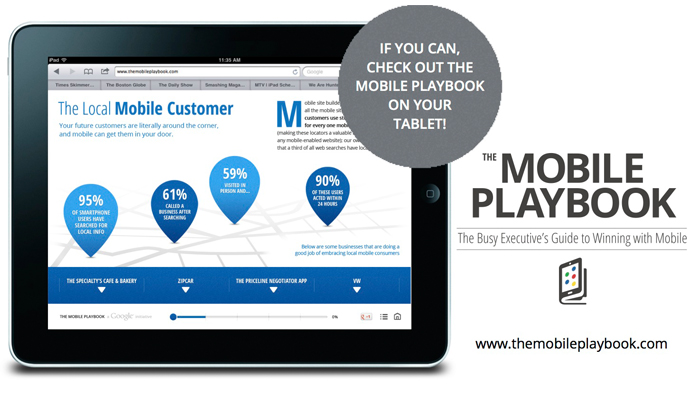Lately we have all been hearing a lot of crazy opinions regarding mobile marketing, some saying that it is the next, most successful thing to happen to marketing, and others saying that it can and will never work. It is interesting to read these opinions and get the thoughts of both sides, as well as the facts that come with them. Today, I found some interesting information that points toward the success of mobile marketing, and it has to do with YouTube. Apparently, in the past two years, YouTube Mobile’s rate of video consumption has risen upwards of 400%. That’s great for YouTube, but why should that matter for mobile marketers?
Well, it would not matter if YouTube had not recently started allowing marketers to show advertisements on their mobile platform. Because they did, though, this huge statistic could be extraordinary news for those mobile marketers who have tapped into the potential of YouTube Mobile.
The statement was made by a YouTube executive in a conference earlier in the week, as was reported by Mobile Marketing Watch. In his statement, Robert Kyncl stated that mobile views now make up a total of one quarter of all views that YouTube receives.
From Mobile Marketing Watch;
“We’re experiencing a massive consumer shift,” Kyncl said at a conference this week. “Mobile has increased from 6% to 25% in last 18 months across the whole of YouTube.”
With some simple math, you will see that this means that YouTube mobile has, on average, increased just over 1% from month to month in the past year and a half. With such an increase, it is easy to assume that the mobile platform for the quite popular video-sharing network will continue to increase for some time.
Sure, this means that YouTube can rejoice in their mobile success, as can all of those marketers who advertise on their mobile platform. But, what does it mean about mobile marketing overall? Well, being that the watching of videos is one of the most popular activities that take place on the web, the fact that more people are doing so on mobile simply shows that more people are doing on mobile now, what they did on desktop platforms in the past. People are becoming more comfortable with mobile devices, as the technology continues to improve, therefore leading them to do more of their browsing and digital activities on the go.
There are countless well-known marketing insight companies that have predicted a significant growth in mobile traffic in the next few years. Desktop browsing still holds a substantial lead over mobile, but that lead is continuing to shrink as mobile numbers grow. As smartphone technology and tablet technology continue to improve, so will consumer interest in this technology. To sum up everything, desktop browsing may be easier and more user friendly right now, but mobile technology has allowed people more freedom with where they browse and with technologies constantly improving, the user-friendliness level of handheld devices may soon surpass that of desktop platforms.




















